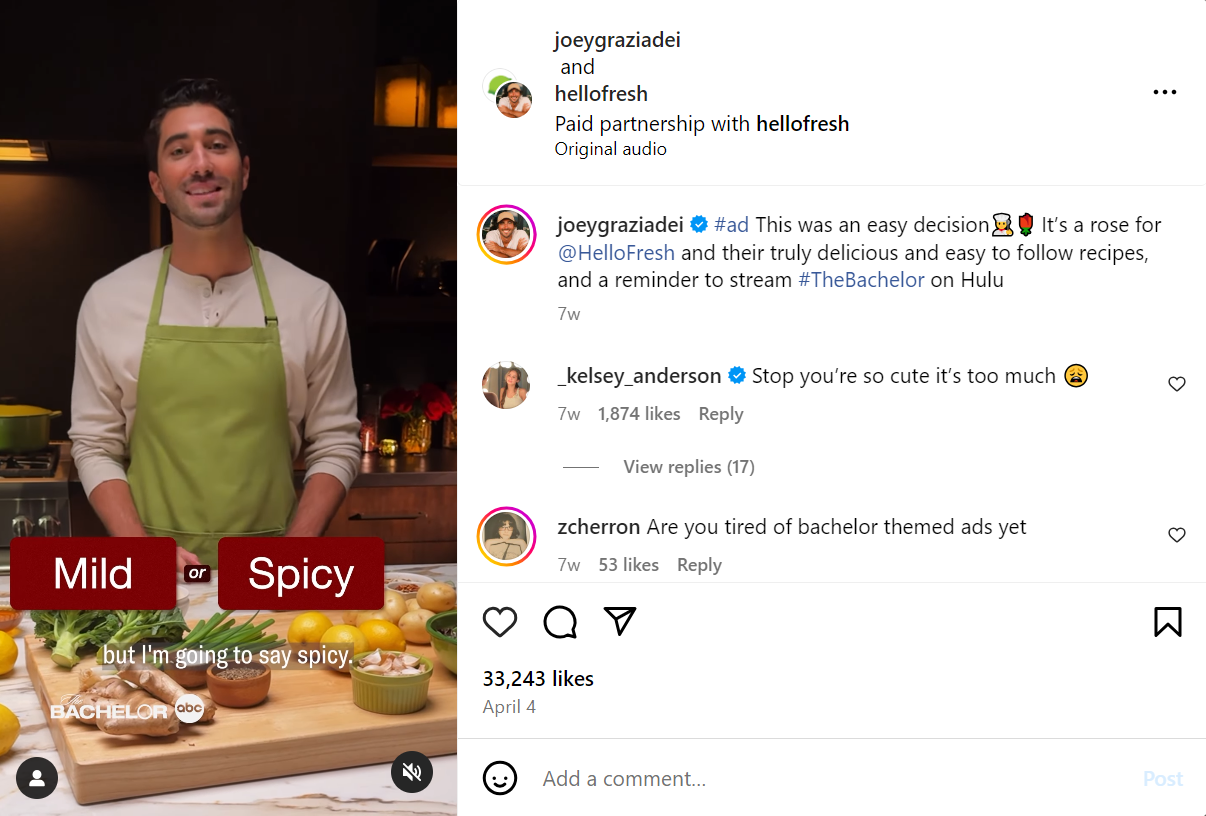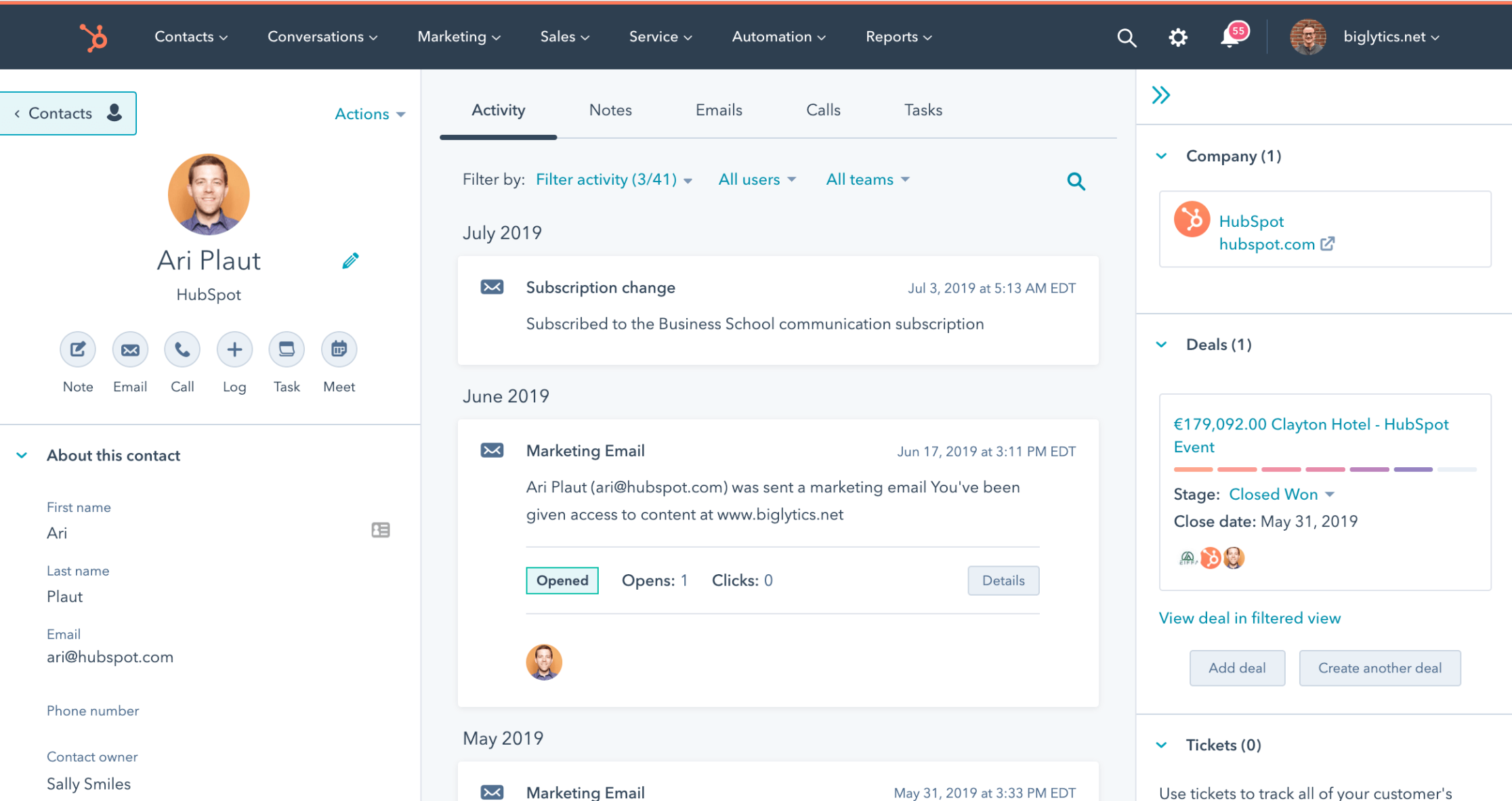Finding effective ways to generate leads and expand your brand’s reach is important. Influencer marketing is one great way because of its affordability, extensive audience reach, and perfect integration into native advertising.
Since influencer marketing is effective at both online engagement and offline sales, it becomes even more attractive as businesses have difficulty with challenges that affect their ability to use cookies online.
Influencer marketing is actively used by 61% of marketers to generate more leads.
However, what really is influencer marketing, and how can you utilize it to generate leads and expand your brand?
The article covers influencer marketing and gives 10 helpful tips for getting more leads. It doesn’t matter if you run a small business or work for a big company, these tips can help you use influencer marketing well.
So grab your notebook to note important points, and let’s learn how influencers can help you get more leads!
Table of Content:
- What is influencer marketing and how does it work?
- What are the 10 tips for effective lead generation in influencer marketing?
- What are the benefits of using influencer marketing for lead generation?
- How many types of influencers are there?
- List of Types of Influencers on Instagram in 2024
- What is the impact of different influencer types?
- What will be the future of lead generation trends in the next five years if you use influencer marketing?
Brief overview of influencer marketing and how it works
Influencer marketing uses the popular influence of individuals on social media platforms to promote products or services. Influencers that have 100 followers or more and who are related to your business or niche because of their popularity and trustworthiness.
The brands can collaborate or offer partnerships with influencers to tap into their dedicated following to increase brand awareness and engagement.
10 Tips for Effective Lead Generation for Influencer Marketing
Effective lead generation in influencer marketing requires a strategic approach that aligns with your brand’s goals and audience preferences.
Here are 10 tips to help you use these strategies well for effective lead generation through influencer marketing:
- Identify Relevant Influencers
- Collaborate with influencers
- Audience size and quality
- Create engaging content
- Run contests and giveaways
- Host webinars and events
- Personalize offers based on interest
- Use Affiliate Marketing
- Website Traffic
- Outbound lead generation
1. Identify Relevant Influencers
Start by searching for the right successful influence. Look for those influencers who have large followings but also have high engagement rates and credibility and can target your brand audience.
Select the influencer who can target the same demographic, interests, and values, collaborate with them, and send them a marketing message to reach the right audience. To find influencers, you can use tools such as social media listening platforms to help you find the right influencers for your campaign.
You can also find influencers by simply searching for your keyword on social media. For example, if you’re a jewelry brand, you can use “jewelry” to uncover the most popular accounts around your niche.
Example: Daniel Wellington
Daniel Wellington, a Swedish watch company, uses Instagram influencers to promote their watches. They collaborated with influencers who had stylish and aspirational Instagram feeds, ensuring the content matched their brand’s aesthetic.
Influencers such as Kendall Jenner and various micro-influencers shared images featuring Daniel Wellington watches, often with discount codes.
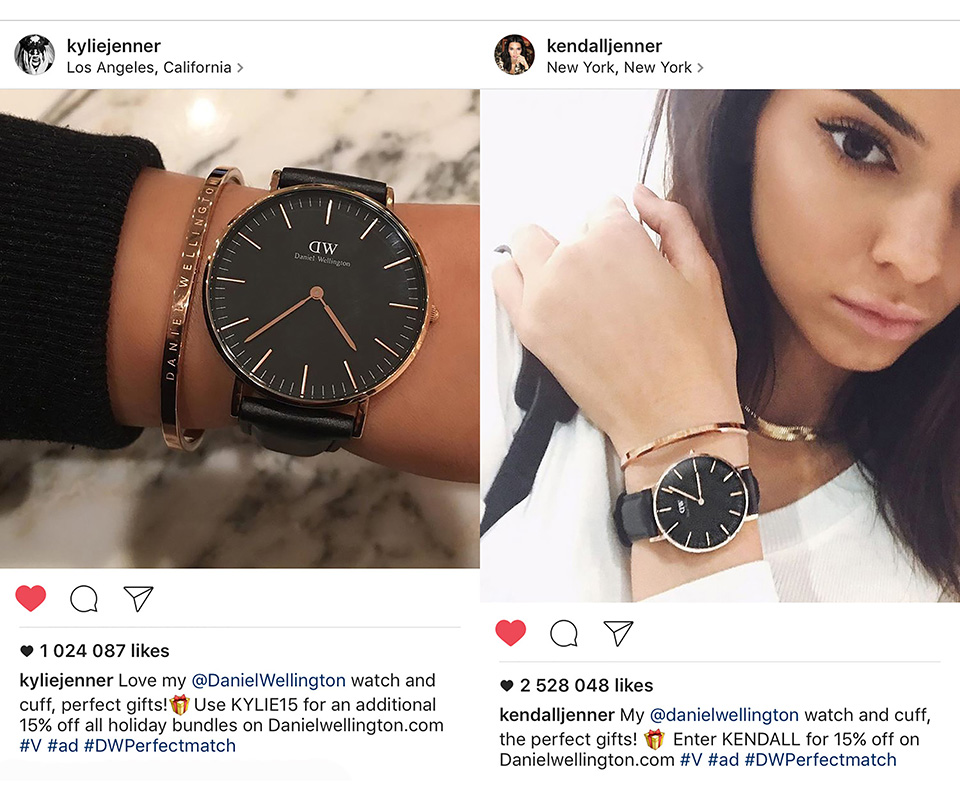
2. Collaborate with Influencers
Once you’ve identified your relevant influencers, the next step is to collaborate with them to promote your product or service, because building strong relationships with influencers is essential to successful lead generation through influencer marketing.
Collaborating with influencers is not just for one-time promotions, you can also build long-term partners who will properly represent your brand over time.
Work with influencers to come up with ideas, include them in product development or launches, ask them to promote your product on their page by going on live sessions, and keep communicating with them so they understand and agree with your brand’s ideas and messages.
Example: Glossier
3. Audience Size and Quality
While it’s important to work with influencers who have a large following, prioritize quality over quantity. Results from a smaller, but highly relevant, and engaged audience can often give better results than those from a larger but less engaged audience.
Analyze metrics such as engagement rates, audience demographics, and audience interests to make sure the influencer’s followers match your ideal customer profile.
Example: HelloFresh
4. Create Engaging Content
After collaborating with your influencers and setting your audience size and quality, the next step is to work with them to create engaging content that is aligned with your brand message and resonates with your target audience.
Make original and interesting content that shows off your product or service naturally, and avoid over promotions because they can make people lose interest and engage less with your content.
With influencers, you can gain attention to the unique features or benefits of your product. You can also use their creativity to make content that grabs their followers’ attention and encourages them to take action.
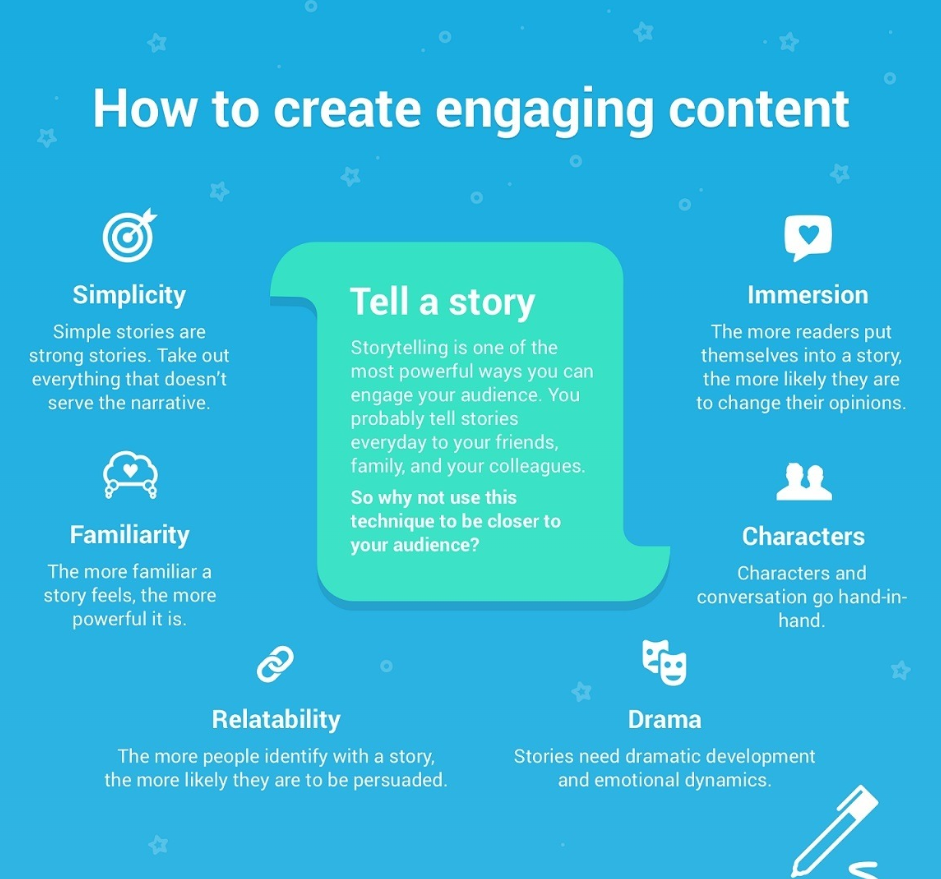
Example: ASOS
ASOS collaborates with influencers like gr_xce on Instagram to create content that highlights their products in an authentic way. Gr_xce shares a video discussing the benefits of ASOS’s exclusive 12 news lip tints, engaging her followers with genuine content.
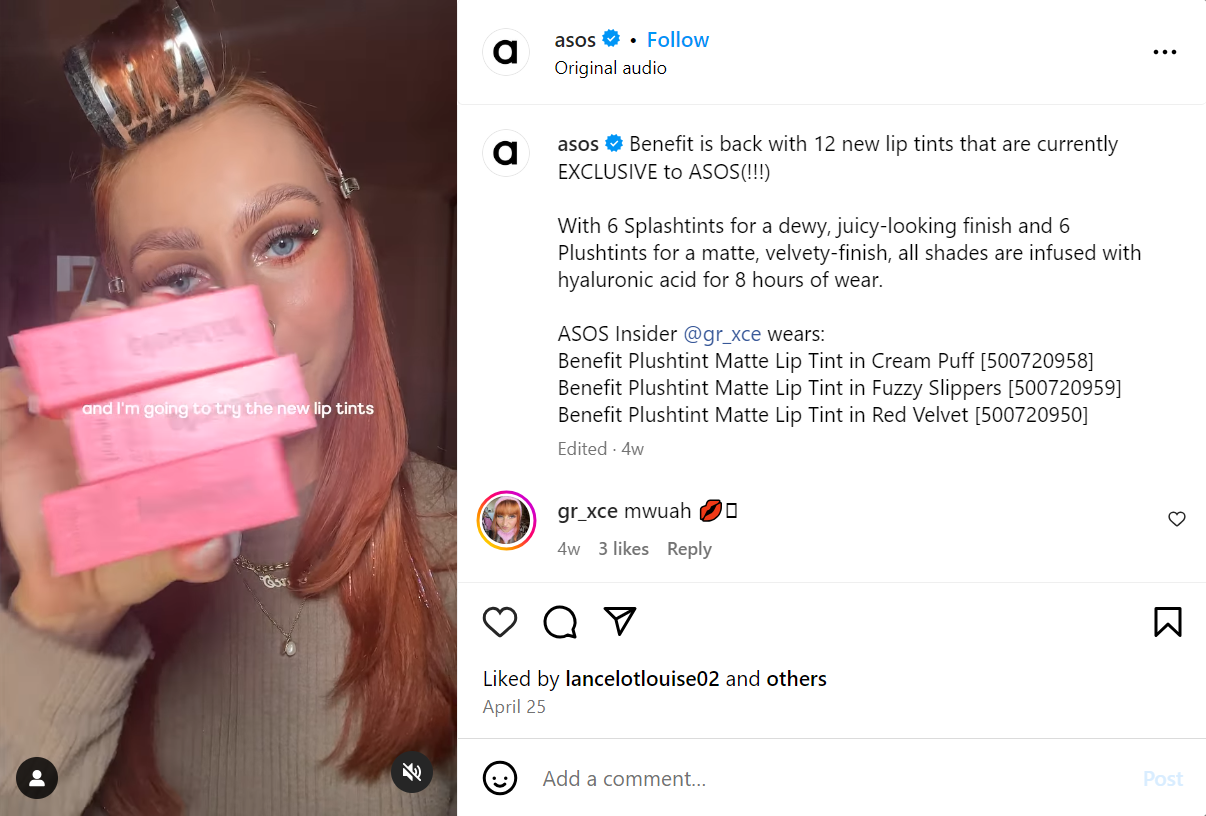
5. Run Contests and Giveaways
Use the popularity of your chosen influencers to help you by running contests and giveaways with them. Encourage followers to participate by engaging with your brand, such as by following your social media accounts, sharing content, or tagging friends.
To promote participation, offer gifts, prizes, or up to a 10% off gift voucher on their next order that are appealing to your target audience and consistent with your brand. Contests and giveaways not only increase brand visibility but also generate excitement and engagement among potential get leads.
Example: Unilever
6. Host Webinars and Events
Work with popular influencers in partnership to host webinars or virtual events for educating and connecting with your target audience. These webinars and events let you express your knowledge, interact with potential customers, and gain trust in your industry.
Collaborate with influencers to co-host or participate as guest speakers, using their popularity to attract attendees and promote the event. Collect information about attendees during registration, providing post-event information in the future.
Example: ReachOwl
7. Personalize offers based on interest
Use information from influencer campaigns and audience data to make personalized offers and messages for different segments. Customize your marketing to deliver relevant content and deals that resonate with individual leads.
Use influencers’ knowledge about their followers to create personalized suggestions or deals that help turn leads into customers and build long-term customer relationships.
Example: Sephora
Sephora uses data from influencer campaigns to personalize offers and messages for different customer segments. They share tailored product recommendations and hacks on Instagram, enhancing engagement and conversions.
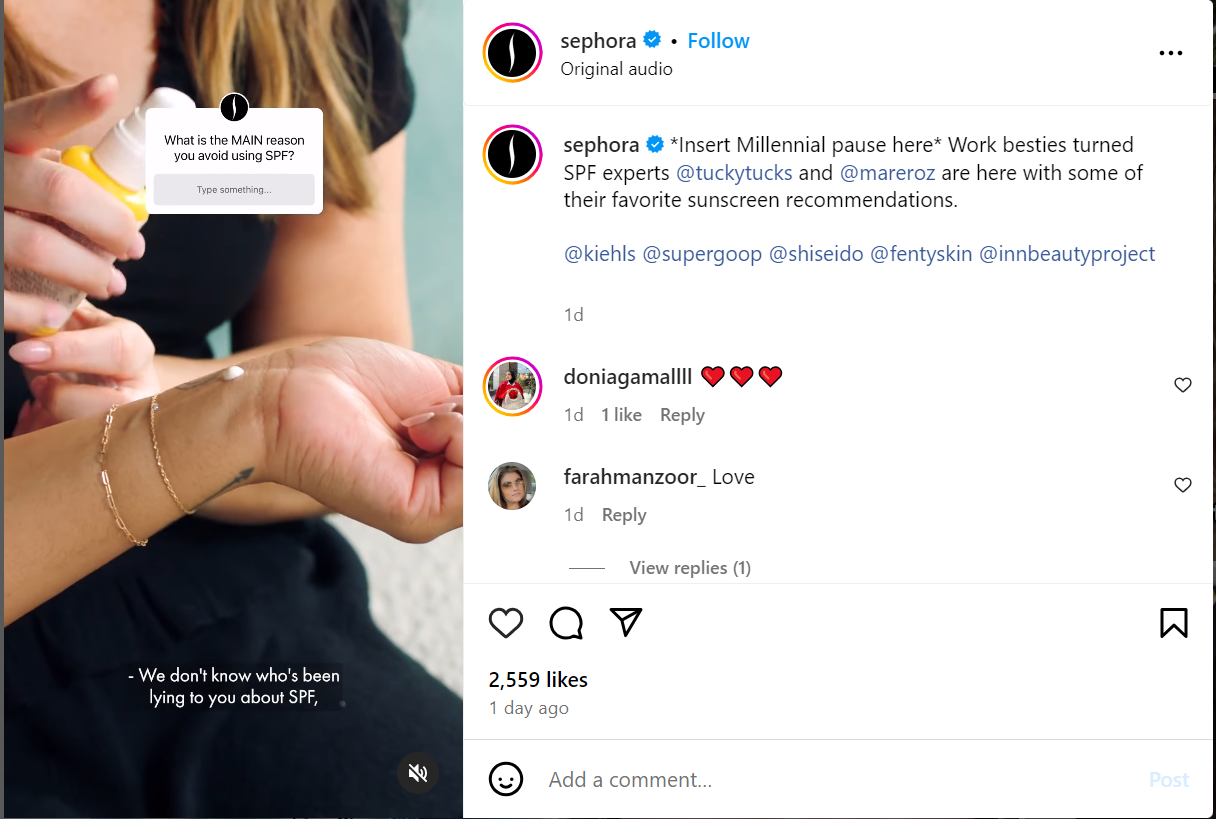
8. Use Affiliate Marketing
Use affiliate marketing strategies with influencers to motivate them and track lead generation efforts effectively. Set up affiliate partnerships where influencers earn a commission for getting people to buy using their special affiliate links or codes.
Give influencers tools like exclusive discounts, or an affiliate program to keep them excited about promoting your product or service. Check affiliate performance to see who’s doing the best and improve your campaign strategies accordingly.
Example: ReachOwl
9. Website Traffic
Influencers can drive traffic to a business website by including links to the website in their posts or stories.
Example: Rhinoshield
Tech YouTuber Mrwhosetheboss reviewed Rhinoshield smartphone cases and included a purchase link in the video description along with a 15% discount code by using MRBOSS15. When the YouTuber’s followers watch the video and click on the link in the description, this drives significant traffic to the Rhinoshield website and increases sales.

10. Outbound lead generation
Try more ways to find new customers besides working with influencers. Send DMs, emails and cold outreach, and share your content on different platforms.
You can use content made by influencers in these efforts to keep your message and brand the same to reach more people or make things work together for both of you to promote.
Make sure to collect and support leads generated through landing pages, lead magnets, or exclusive content. By using influencer marketing tips well, it helps to get more people to see your brand and become interested in becoming customers.
The benefit of using influencer marketing for lead generation
Using influencer marketing for lead generation to promote your brand can help you get more customers and grow your business faster.
Let’s go through some benefits:
1. Expanded Reach
Influencers are people who are popular on different social media platforms, blogs, and other digital channels. Brands work with influencers to extend their reach and get noticed by new audiences. This helps increase brand awareness and attract more potential customers from different online platforms.
2. Creates Authentic Content
Influencers are great at making interesting and real content that connects with their followers. Collaborating with influencers allows brands to use their creativity to show off products or services in a natural way by sharing their own experiences with the brand using storytelling skills in the form of real content, which helps build real relationships and leads to more interaction and sales.
3. Targeted Audience Engagement
Influencers have their own special groups of followers who are interested in certain things, like demographics, interests, or industries. If you work with influencers who match your target audience.
You can connect with people who are already interested in your product or service, which improves the quality of leads generated through influencer campaigns because these leads are more likely to become customers.
4. Cost-Effective Marketing Strategy
Influencer marketing is more affordable than paid advertising, as it’s good for niche markets or specific demographics. Influencer marketing campaigns can be worth the money because they help get new leads and turn them into customers.
Overall, using influencer marketing for lead generation can help you get connections with the right audiences that can turn into loyal customers over time.
Types of influencers
Influencers are divided into different categories, as there are many categories in which a person is selected to be a social media influencer on different social media platforms such as Facebook, Instagram, YouTube, and TikTok.
From these platforms, the person selected his category to become what is called a social media influencer, which includes bloggers, TikTokkers, Youtubers, digital creators, public figures, motivational speakers, etc.
There are four main types of social media influencers, which can be defined by follower count:
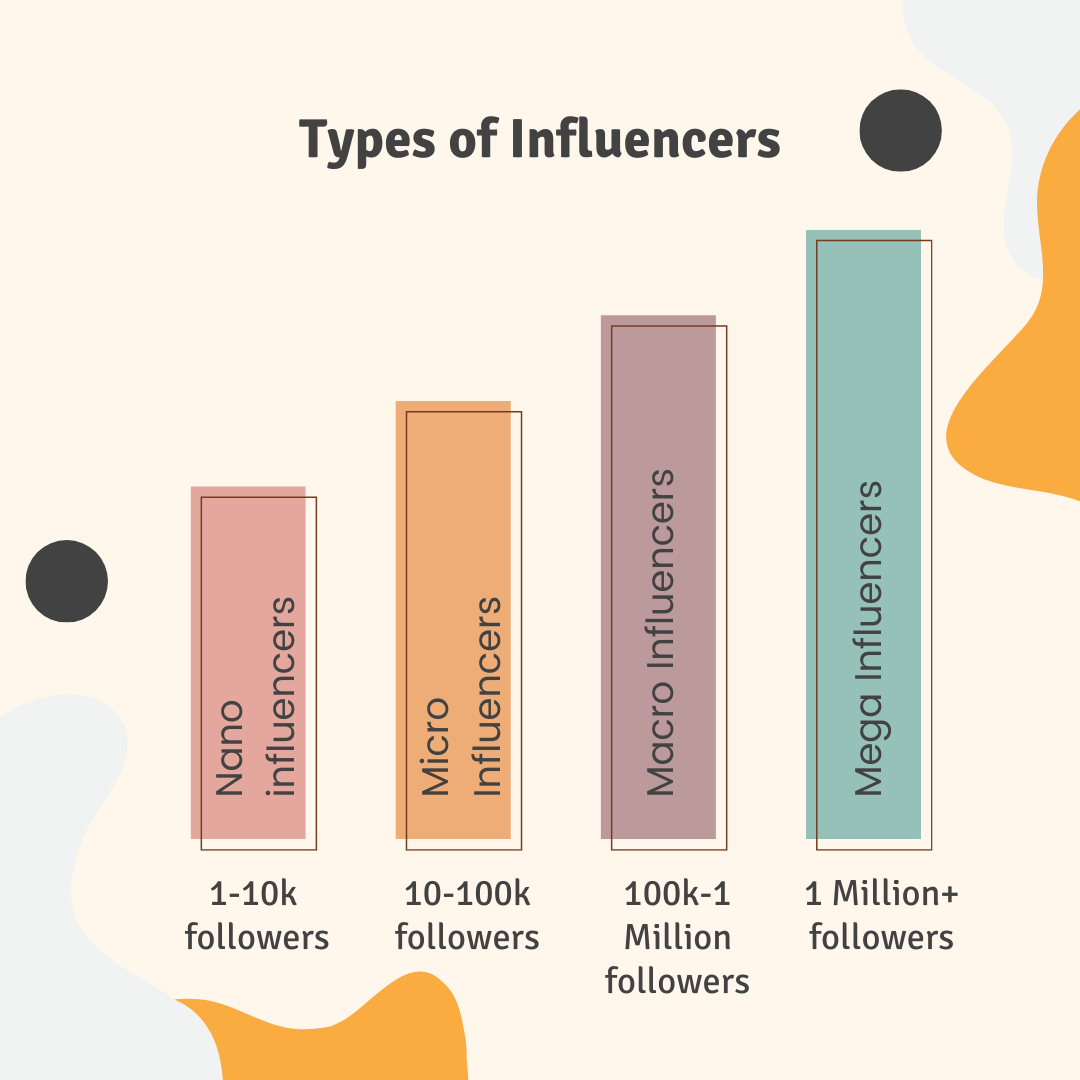
1. Nano Influencers (1–10k followers)
Nano influencers might not have as many followers as others, but they often get more likes and comments. They’re good at connecting because they have personal and real conversations.
They usually talk about specific niches such as fashion, beauty, fitness, or gaming, so brands can reach highly relevant audiences. Working with nano influencers can save money and get more sales because their followers really trust what they suggest.
2. Micro Influencers (10–100k followers)
Micro influencers have more followers than nano influencers but are still very engaged and knowledgeable about their specific topics. People who follow them trust their opinions and suggestions.
Working with micro influencers helps brands reach a larger but still focused audience. They can make authentic content that connects with their followers, increasing brand recognition, and affecting what people buy in their communities.
3. Macro Influencers (100k–1 Million followers)
Big social media stars, called macro influencers, have lots of followers. These influencers are respected in their fields, so when they recommend something, people listen.
Collaborating with them can help brands reach new markets and customers and get more attention. But it’s important to check if their followers match the brand’s target audience for the best outcome.
4. Mega Influencers (1 Million + followers)
Mega influencers are famous people who reach millions of people instantly, including celebrities, top-tier influencers, and industry leaders who grab a lot of attention from different demographics.
Brands can collaborate with them and can also offer partnerships which can get brands quickly noticed, make viral content, and seem more credibility by being linked to famous personalities.
But it can have a higher cost as famous influencers have different charges according to their niche, so a brand needs a good strategy to keep their message real and interesting to their audience.
List of Types of Influencers on Instagram in 2024
Now you know the types of influencers, so let’s explore some influencers along with their followers count on Instagram in 2024.
| Name | Username | Followers | Niche | Type of Influencer | |
| 1. | Wanderlust Mark Travels | marc.wanderlust | 7,076 | Traveler | Nano Influencer |
| 2. | CheckStyle Chloe | hellochloestyle | 3,054 | Musician | Nano Influencer |
| 3. | Sadie Gray | sadiegray_ | 48.6k | Fitness | Micro Influencer |
| 4. | Raginald Paz | raginaldpaz | 95.4k | Digital creator | Micro Influencer |
| 5, | Zoella | zoellalifestyle | 316k | Digital creator | Macro Influencer |
| 6. | Lindsay Stewart | thelasvegasfoodie | 526k | Food Blogger | Macro Influencer |
| 7. | Pooja Birla | poojabirla_official | 969k | Digital creator | Mega Influencer |
| 8. | Funny Or Die | funnyordie | 1.3M | Entertainment | Mega Influencer |
Impact of Different Influencer Types
1. Reach vs. Engagement
Different influencers have different effects depending on their follower count. Big influencers reach lots of people, but smaller ones like nano and micro influencers get more interaction and trust, which leads to higher conversion rates and brand loyalty.
2. Targeted Audience
Different levels of influence reach different types of people. Nano and micro influencers connect with smaller, specialized demographics. On the other hand, macro and mega influencers reach larger and more general audiences. Knowing your audience helps you choose the right kind of influencer for your message.
3. Cost and ROI
Working with different types of influencers affects how much a campaign costs and its ROI. Smaller influencers like nano and micro ones can be affordable and give you a higher return on investment because their followers are more engaged.
Bigger influencers like macro and mega ones need more money for campaigns but can reach a lot more people and get more attention.
Influencer marketing strategies can benefit from a mix of influencer types, so balancing reach, engagement, credibility, and cost helps improve influencer collaborations for effective brand promotion and lead generation.
The future of lead generation trends next five years
Lead generation trends in the next five years are probably going to be influenced by a number of major reasons, including changing customer behavior, technological improvements, and changing marketing strategies.
Here’s a hint at how these trends might happen:
1. Automation and Artificial Intelligence (AI)
Automation and Artificial Intelligence (AI) technologies will continue to help businesses in lead generation processes. Artificial Intelligence (AI) powered tools can look at lots of information to identify patterns, predict customer behavior, and make marketing campaigns better.
Future Use of Influencer Marketing:
AI will transform influencer marketing by:
a. Automated Influencer Discovery: AI-powered tools will automatically match brands with the right influencers based on detailed data on automation tools that work on automated lead nurturing workflows.
b. Chatbots for Engagement: Influencers will use chatbots for customer support to quickly interact with followers and give personalized advice.
c. Performance Analytics: AI-driven analytics to find the right audience to help brands and influencers improve their marketing efforts and get better results.
2. Video Marketing and Live Streaming
Video content will continue to increase in the future, so brands will make a lot of videos for their marketing. They make interesting videos on YouTube, TikTok, and Instagram to capture audience attention, showcase products and services, and sell more.
Future Use of Influencer Marketing:
a. Live Product Launches: Influencers will host live streams for product launches, enabling real-time interaction and feedback.
b. Interactive Webinars: Influencers will conduct live streaming events, product launches, webinars, and interactive Q&A sessions to get more customers.
c. Short-Form Videos: Influencers will create short videos on platforms like TikTok and Instagram Reels to quickly captivate and convert viewers.
3. Personalization and Customer Experience
Personalization will remain important for lead generation strategies. Brands will use technology like data analysis, AI, and machine learning to create personalized content, deals, and experiences based on individual customer preferences and behaviors.
Future Use of Influencer Marketing:
a. Personalized Content Creation: Influencers will make content that fits the interests and needs of different audience groups, using brand-provided data.
b. Customized Offers: Influencers will share personalized deals with their followers, making promotions more attractive and increasing sales.
c. Enhanced Customer Journeys: Influencers will use personalized interactions to create better customer journeys, increasing satisfaction and loyalty.
4. Voice Search and Voice Assistants
As more people use devices like Alexa, Google Assistant, and Apple Siri, it’s important for businesses to make sure their content works well with voice search optimization and to use voice technology in their marketing strategies.
Future Use of Influencer Marketing:
a. Voice-Optimized Content: Influencers will create content that matches common voice search phrases to be more visible in voice search results.
b. Voice-Assisted Promotions: Influencers will work with brands on voice-activated promotions and interactive experiences using voice assistants.
c. Interactive Voice Experiences: Influencers will design unique voice-based interactions, such as Q&A sessions or product demonstrations, that can be accessed through voice commands.
5. Augmented and Virtual Reality (AR/VR)
AR and VR technologies will change the way brands connect with prospects and customers. They’ll use AR for showing products and VR for demos and tours, making interactions better to help brands differentiate and get more interested customers.
Future Use of Influencer Marketing:
a. AR Product Try-Ons: Influencers will use AR to let followers virtually try on products such as makeup or accessories, making shopping more interactive.
b. VR Product Demos: Influencers will create VR experiences for virtual tours or product demonstrations, giving followers a better understanding of the products.
c. Immersive Campaigns: Influencers will design unique AR/VR campaigns to stand out and offer memorable experiences.
The future of lead generation will use advanced technologies and real connections with customers. To do well, businesses must keep up with these changes and use new ideas.
To stay competitive, businesses must adopt these trends and use influencer partnerships to achieve successful lead generation outcomes in the coming years.
Summary
Effective lead generation in influencer marketing requires a strategic approach, knowing your audience well, and keeping improving using data-driven insights.
By following the 10 tips in this article and staying updated with new trends, you can get more value, build strong relationships with leads, and stay competitive in changing markets.
-
Frequently Asked Questions
Q1. How can I measure the success of my influencer marketing campaigns for lead generation?
To determine the effectiveness of a campaign, track key metrics, including conversion rates, click-through rates (CTRs), engagement levels, and ROI. Use analytics tools that help you see where your customers come from and how they decide to buy from you.
Q2. Are micro-influencers more effective for lead generation than macro-influencers?
It depends on your goals and target audience. Micro-influencers often offer higher engagement rates and authenticity, making them effective for niche targeting. However, macro-influencers can provide broader reach and visibility for larger campaigns.
Q3. What role does content play in influencer marketing for lead generation?
Good content is important in influencer marketing to catch audience attention, convey brand messaging effectively, and get people to do things like sign up. Collaborate with influencers to create content that resonates with their followers and matches your brand goals.
Q4. How can I ensure regulatory compliance in influencer marketing campaigns?
Follow the rules for advertising and be honest about partnerships with influencers. Make sure influencers tell people about their partnerships, and focus on prioritizing ethics to maintain trust with customers and regulators.
Q5. What are some emerging lead generation trends to watch out for in the coming years?
Watch out for trends like using AI to personalize experiences, optimizing for voice search, creating interactive content, and evolving data privacy regulations. Stay flexible and adjust your strategies to make the most of new technologies and consumer behaviors for effective lead generation.



